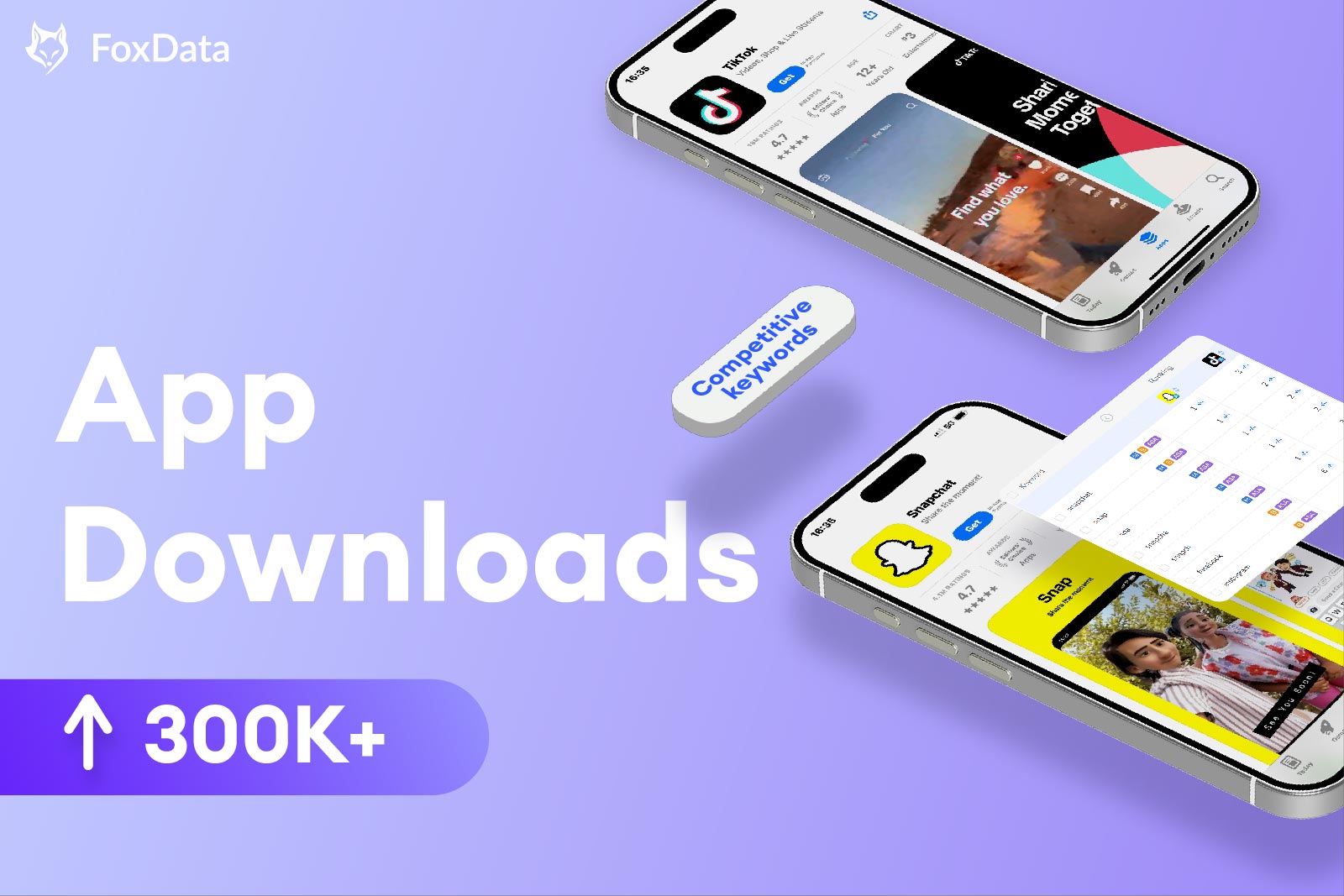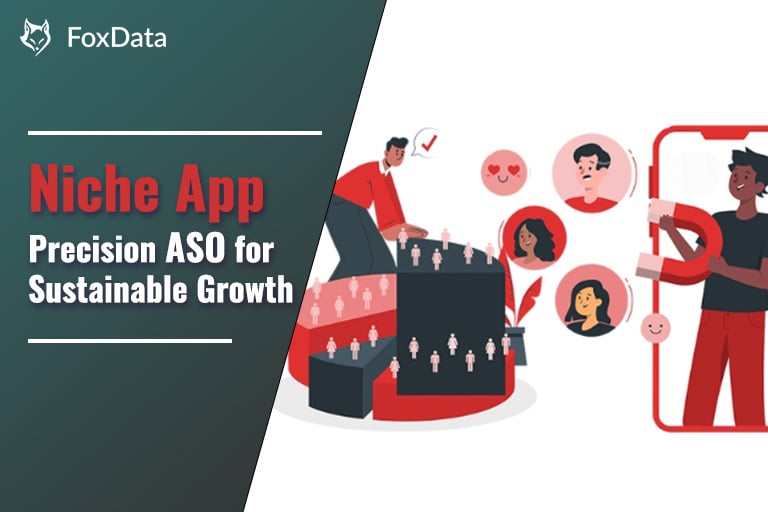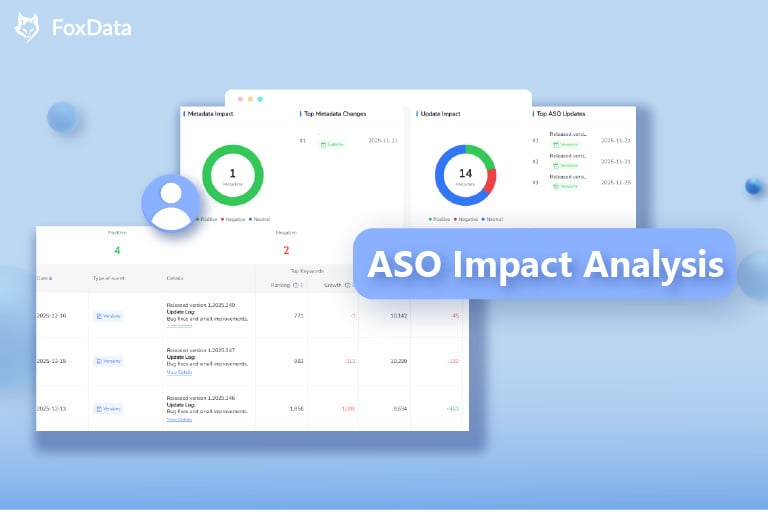How to Combine UA & ASO for Mobile App Marketing
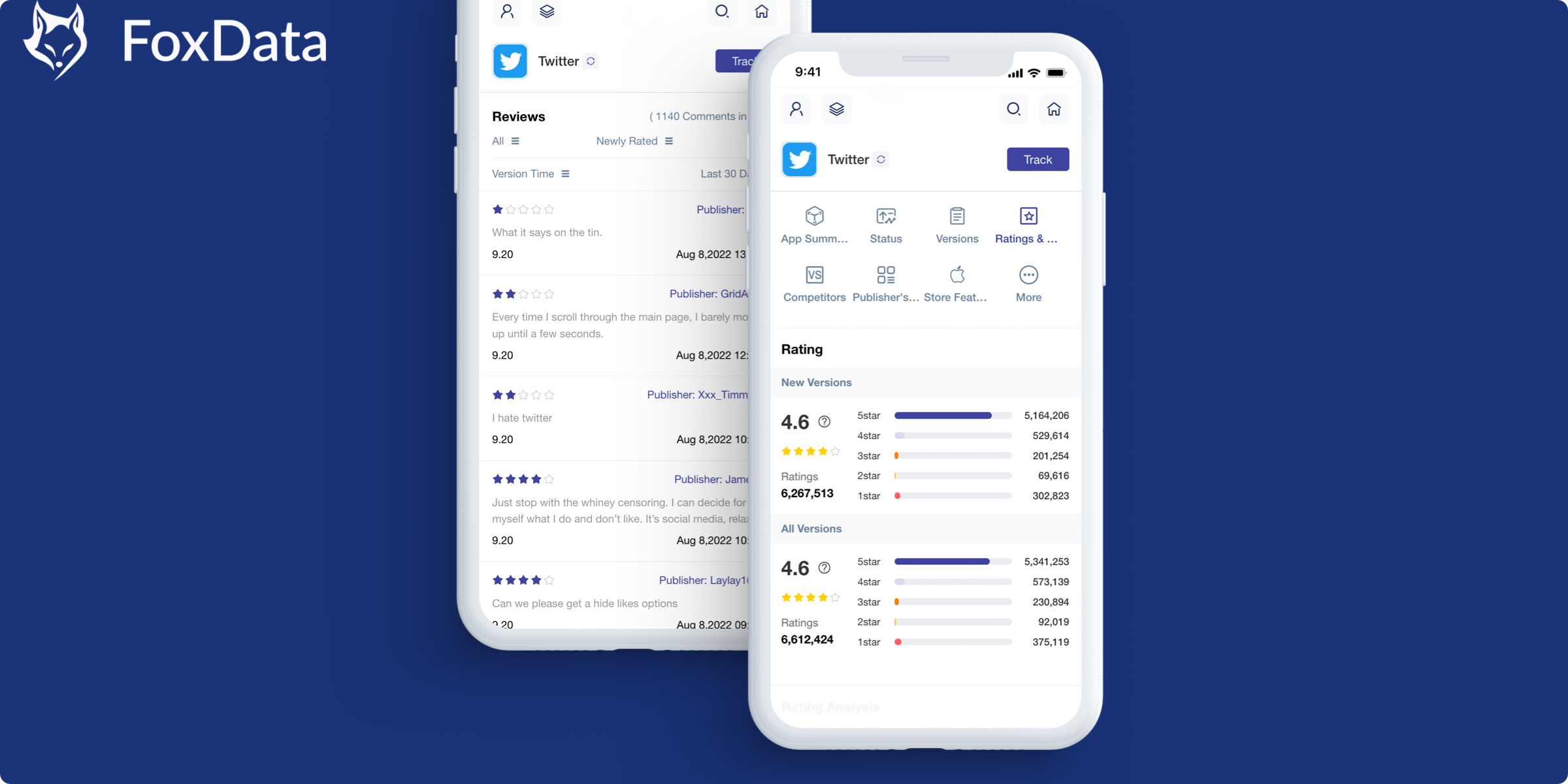
Paid User Acquisition (UA) and App Store Optimization (ASO) are often seen as two separate teams in businesses, each with its own goals and little understanding of the other's work. However, both methods of acquiring mobile users have the same objective: to increase the conversion of high-quality users in a sustainable and scalable manner while promoting your app. So why should they be treated as separate entities?
If you want to increase your app's visibility, generate higher-quality installs and users, and contribute to overall mobile growth, you need to incorporate paid UA and ASO into your marketing strategies. However, developing and implementing such a strategy can be more challenging than you might think. There are numerous challenges, including maintaining a high ROI while keeping CPI low, identifying paid actions that impact organic outcomes, and avoiding cannibalization.
Cooperation between the paid UA and ASO teams may not always be easy, but it is essential for the long-term goals of your company. As app developers and marketers, how can you leverage sponsored UA and ASO to your advantage?
The Relationship Between UA and ASO
To maximize your paid UA and ASO efforts, it is important to understand how these two methods are related and how they can influence each other.
Increasing organic traffic to your app is a common challenge in app growth. ASO is essential for developing and positioning your app in app stores, as organic installs are associated with lower acquisition costs and higher retention rates.
Paid UA is necessary for introducing new features or increasing user awareness. On average, paid app downloads double organic downloads, and in some categories, the multiplier can be even higher. Maintaining a strong app store placement is crucial for attracting new users who have seen your ads, thanks to this complementary relationship.
Your app's install volume is an important indicator of its category ranking, which affects its visibility. Understanding the impact of the UA - ASO funnel is crucial at this stage.
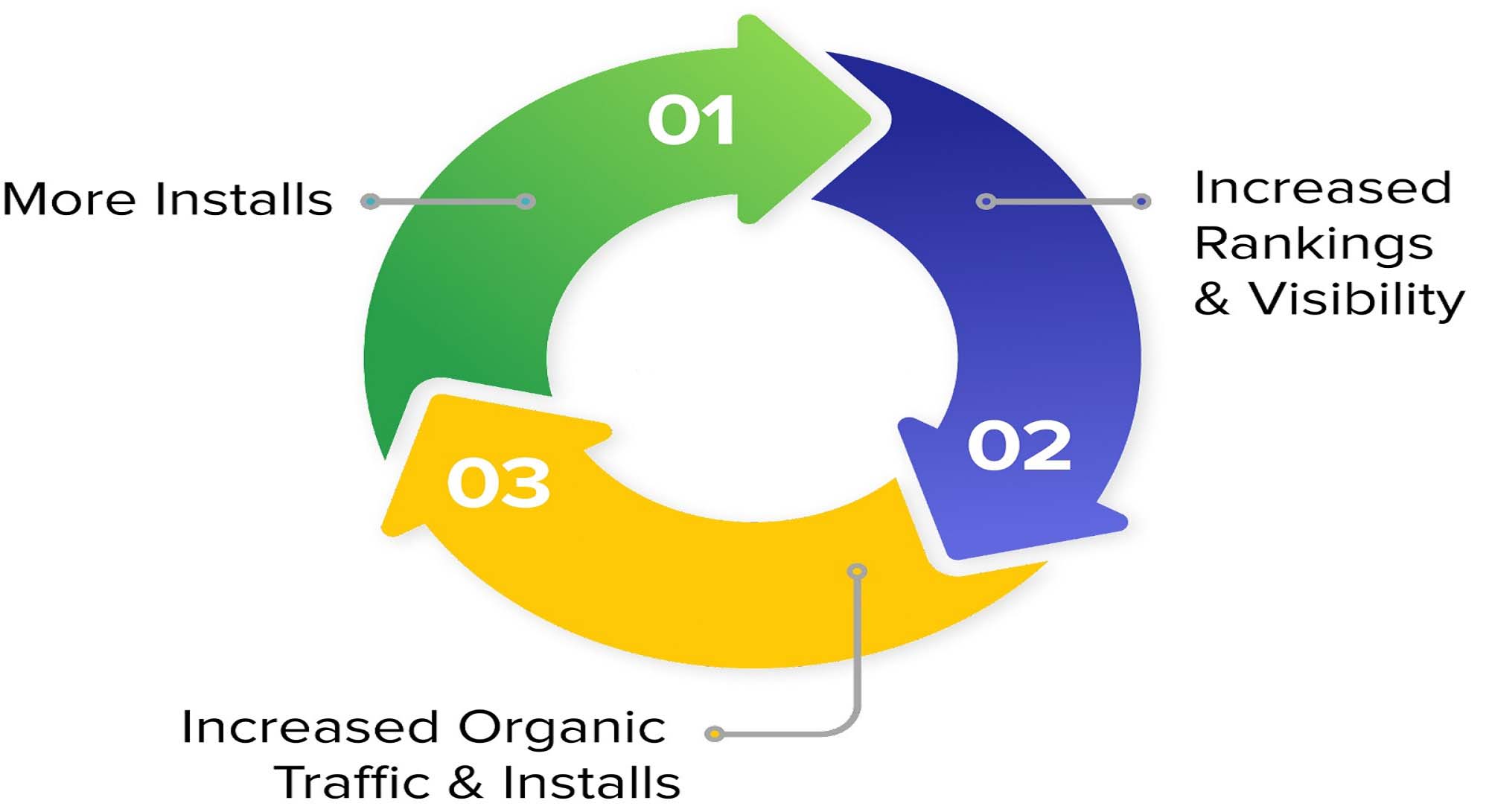
The total number of installs influences the category ranking of your app, which, in turn, affects its browse performance. When your app ranks higher due to installs, it is more likely to be discovered through browsing, further increasing its visibility in app stores.
The Impact of UA on ASO
Paid user acquisition involves spending money on app advertising to increase visitors to your app store product page. With the increasing number of apps in app stores, it is important to stand out. If your app doesn't naturally appear in search results, paid UA is the best way to boost traffic. And once you have achieved that boost, you will likely see an increase in organic traffic, leading to more organic installs and improved app store visibility.
Paid UA campaigns often target branded and high-search-volume keywords to increase installs. When users are exposed to your brand through paid UA, they may later search for it organically, creating a potential for organic growth. This ultimately leads to an increase in your app's organic presence and organic installs. Even though users were first exposed to a paid advertisement, they may conduct an organic search in app stores to find your app.
Creating a connection and providing value to users through mobile ad creatives can increase brand recognition. Users are more likely to engage with an ad if they can identify it with your brand. Consistency between ads and your brand identity is key.
Take Spotify as an example.

Spotify consistently incorporates its branding initiatives into its paid UA, with ad creatives that match the color scheme of their app icon, as seen in the screenshots above.
This example highlights the significant relationship between UA and ASO. However, it is important to understand how ASO can influence UA as well.

The Impact of ASO on UA
App Store Optimization (ASO) is the process of increasing the exposure of your app in app stores to increase installs and conversions. Apple estimates that up to 65% of all app downloads come from users who conduct keyword searches on the App Store. Investing in ASO is crucial to be discovered by high-quality users.
Every user who visits the app store to download your app will eventually land on your product page, whether they find you through paid ads or organic search results. Optimizing your app store product page is essential for improving conversion rates and reducing CPIs for ad campaigns.
The Role of Apple Search Ads
Apple Search Ads allows you to promote your iOS app to high-quality customers while increasing your app's exposure by bidding on keywords that are difficult to rank organically.
For example, even if your app has a poor organic ranking for the keyword "women's clothes," you can still generate impressions by bidding on it, as shown in the screenshot below.
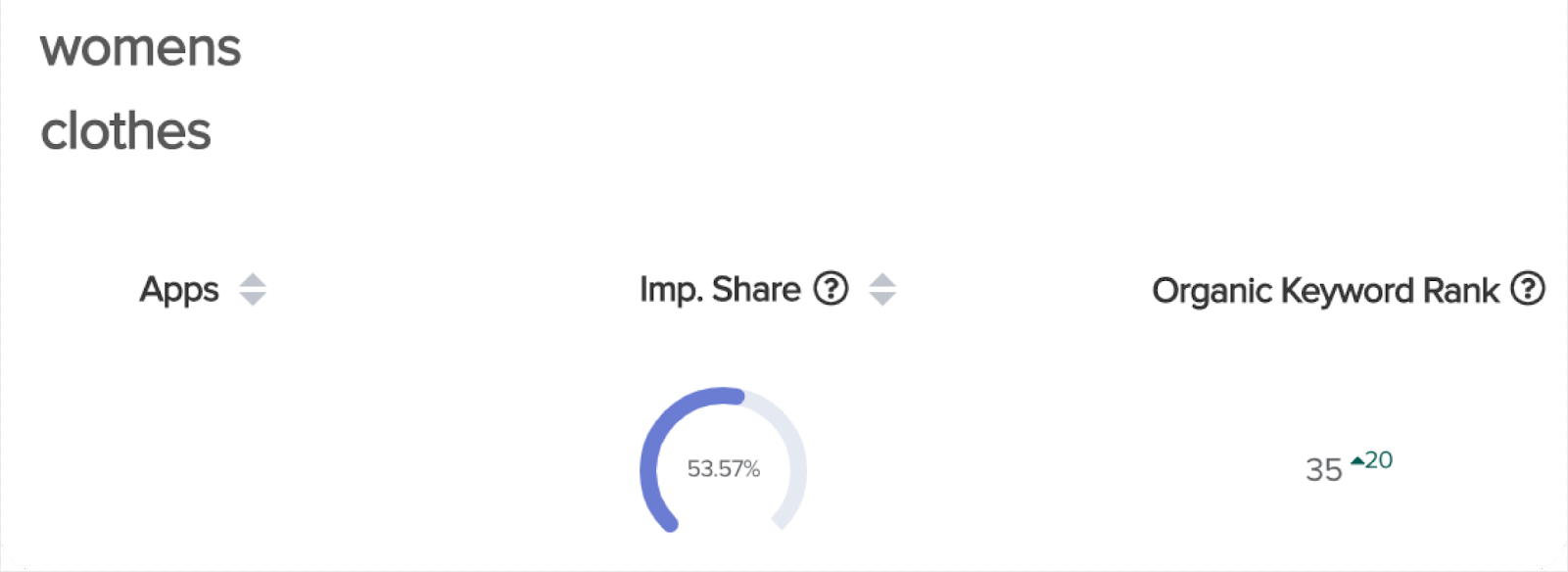
When combining organic strategy and Apple Search Ads, cannibalization can occur when you pay for a user who would have installed your app organically anyway. This often happens when you bid on a brand keyword for which your app already has the top organic position in app stores. It may seem unnecessary to invest in paid advertising when a user searches for your brand and finds your app in the top two results, one of which is a paid ad and the other an organic search result.
However, it is important to appear in that paid position to prevent competitors from bidding on your brand's keywords and appearing there instead.
In certain cases, a higher bid doesn't guarantee winning the auction. The app with better relevance and a higher organic ranking for a term is more likely to be clicked on. Even if another app has a higher bid, it may not spend the full amount if it lacks the organic relevance for that keyword.
ASO managers focus on increasing the conversion rate of the app store product page and reducing CPIs. A/B testing and optimizing app metadata and product page creatives play a key role in achieving these goals.
Creating a User Funnel Using UA and ASO
To effectively leverage UA and ASO, it is important to create a consistent user funnel that extends from your paid advertising campaigns to your app's product page. Consistency in messaging improves communication with users, boosts conversion rates, and increases ROI.
Paid UA campaigns can drive traffic to your app store product page, and with a strong ASO strategy, you can ensure that users encounter optimized assets that promote additional installs. By fulfilling their expectations and delivering what is promised in your ads, you create a consistent user experience from impression to installation.
Users are more likely to trust ads if they receive what they were promised. This trust leads to higher conversion rates.
Combining sponsored UA with ASO allows you to send a consistent message to your users. This article has provided insights into the reasons why this approach is beneficial. With intense competition in app stores, combining paid UA with ASO is the best way to propel your app to the top.
UA and ASO are both essential pillars of mobile marketing. App developers and marketers who can integrate these two methods into a comprehensive approach will come out as winners.
Now just join FoxData and embark on a journey of business growth as we unveil a FREE App Data Analytics Tool, which also provides ASO and ASA service that help boosts your downloads, increases your user base, and watches your performance soar to new heights!


